I'm trying to get rid of the flux on my board but it seems I have a problem. this is my board:


After soldering two memory under the board(as you can see two memory(a RAM and a Flash)), there is a bit flux among the pins and unfortunately under the plastic of the pin-headers. I have used a spray to wash it out but it doesn't good work for me. and I used a combo 50-50% alcohol and acetone but still...nothing!
Yesterday I was thinking that maybe boil water could help me. then I googled this "wash PCB with boiling water" and the first result was this. if you take a look in that page, you will see this comment:
Never use water soluble unless you are using a dishwasher to clean the boards. Found that out the hard way at a job years ago. Hot water is the only thing that will clean the flux off, not even alcohol. If you don’t clean it off the flux will eat at the solder connections turning them black and even chew through small leads. No clean is the way to go with a simple flux remover.
Ok, then this approach will work. but I have a few questions:
- Do you have any experince with this approach?
- Can boil water damage the PCB of the board? or some metal parts? and or some components like electrolytic capacitor?
- If in your opinion this is a good approach, How would you do it? for example, maybe this would be silly but I was thinking to put whole of the board inside of a bucket full of boil water and then shuck the board.